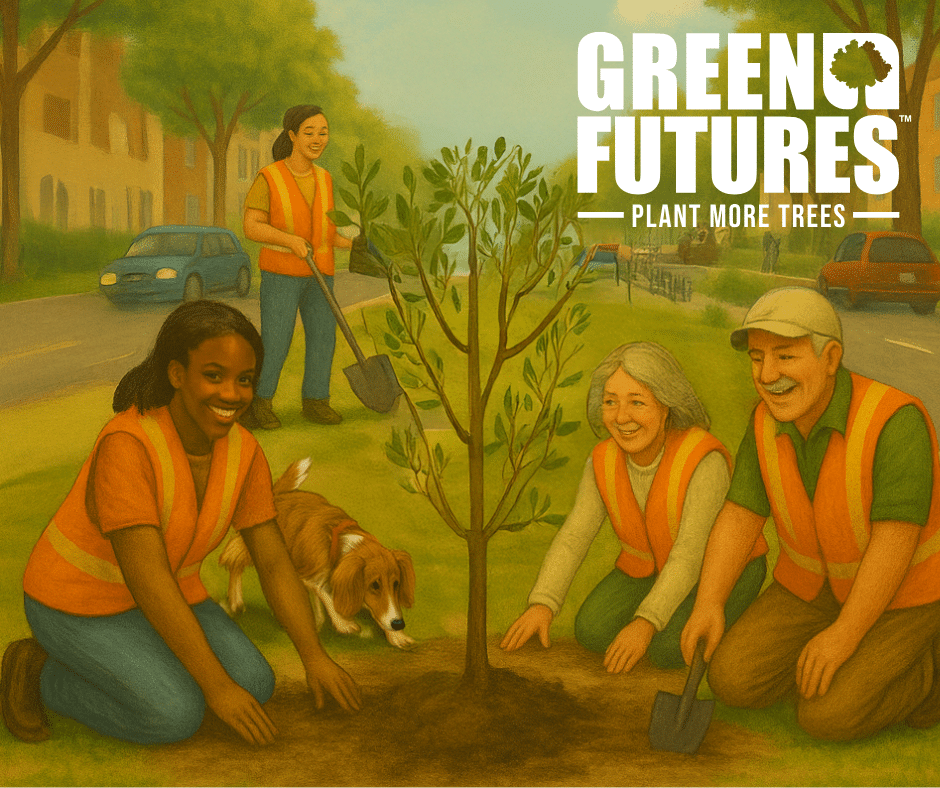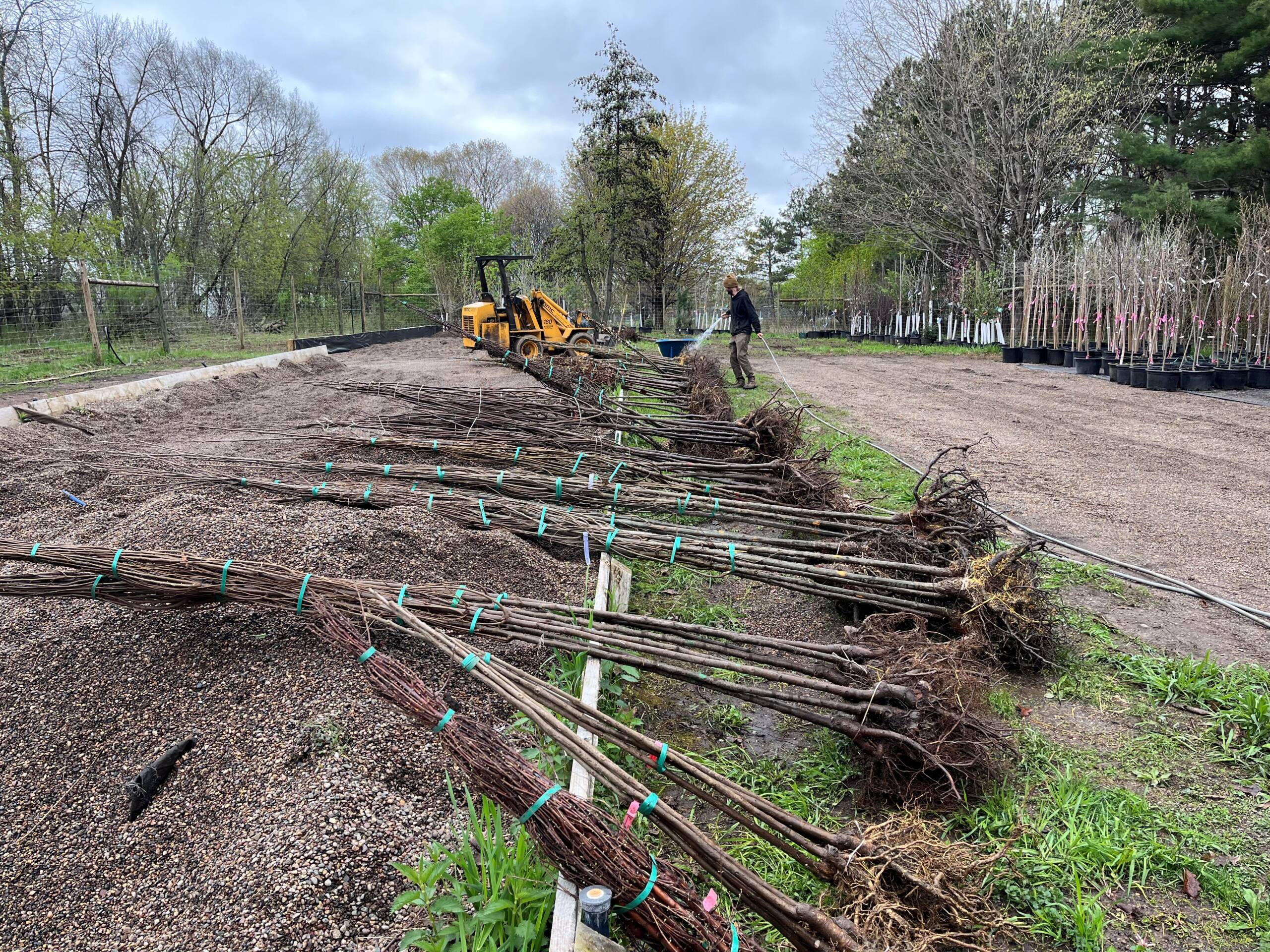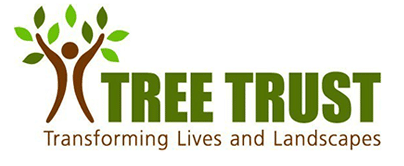A Tree’s Goldilocks Phase
As we follow the journey of a Tree Trust tree from
Clipping to Canopy, we reach the Goldilocks phase. Not too big, not too small. These just-right trees are six to seven years old, strong enough to leave the nursery and ready to take root in parks, schoolyards, and neighborhoods across the Twin Cities. With help from Tree Trust staff, volunteers, and community members, they are planted throughout the Twin Cities metro area and greater Minnesota.
Growing Green Futures™
At Tree Trust, our Green Futures™ program is transforming urban spaces with each tree we plant. Every year, we plant thousands of trees across the Twin Cities to create vibrant, sustainable urban forests that will thrive for generations.
We do this by:
- Partnering with local communities to plant trees on private properties
- Mobilizing volunteers to green public parks and boulevards
- Inspiring the next generation through our Learning with Trees™ program, where students plant trees at their schools and connect with nature firsthand
This year, we’re planting 9,500 trees—and we can’t do it without your support. Give the
gift of a greener future today! Whether they begin life in containers or as bare-root trees in gravel beds, each tree planted holds the promise of growing Green Futures™.
Why Go Container? Let’s Dig In
Container trees are simply trees that have spent their lives thus far growing in a pot. There are many benefits to planting containerized trees, including increased survival rate in comparison to saplings and general ease of planting. Tree Trust Director of Community Forestry Karen Zumach puts it best: “We plant the larger, more established trees for a few reasons: better survivability, ease of use (they’re ‘Goldilocks size’), they leave an impact following planting so it really does transform the landscape, and they are more able to survive and thrive on their own, with a little help from us to keep them watered during those early days.” Tree Trust generally plants trees growing in what nurseries call #10 containers (about 6 gallons).
Bare-Root Trees Are Amazing, Too
Tree Trust also plants bare-root trees. Much like the container trees, bare-root trees are slightly older and equally as robust as their potted companions. Bare-root trees are dug from the tree nursery, and stored without any soil on their roots, making them much lighter and easier to transport. To keep bare-root trees healthy before planting, Tree Trust stores them in a gravel bed nursery. A gravel bed is a shallow, irrigated pit filled with gravel that holds tree roots in place while providing moisture and airflow, mirroring natural soil conditions. This setup keeps the roots cool, moist, and well-aerated, which helps reduce transplant shock and boost survival rates. It’s a simple but effective solution that helps ensure these trees get the best possible start.
Tree Benefits Keep Growing
Once planted, trees offer lasting benefits for communities and the environment. According to
The Arbor Day Foundation, trees help clean the air by absorbing odors and pollutant gases (nitrogen oxides, ammonia, sulfur dioxide and ozone). They filter particulates out of the air by trapping them on their leaves and bark. A mature tree can absorb up to 48 pounds of carbon dioxide each year. Trees also help manage stormwater runoff, reduce erosion, provide habitat for wildlife, and offer shade that can lower surrounding temperatures by as much as 10 degrees. Plus, the presence of trees has been shown to reduce stress, encourage outdoor activity, and increase property values, making them one of the best investments a neighborhood can make.
Economic Benefits of Trees
Curious to learn more about the economic benefits of your trees? The MyTree Benefit Calculator was conceived and developed with support of The United States Forest Service. This i-Tree powered tool is an easy way to learn more about the economic benefits of every tree you plant. Click here to calculate the benefits of your trees.
The next time you see a young tree stretching skyward, imagine the tale it’s living—the one that began in a nursery and continues in your neighborhood. It’s not just a tree. It’s a story, and you’re helping write its next chapter.




